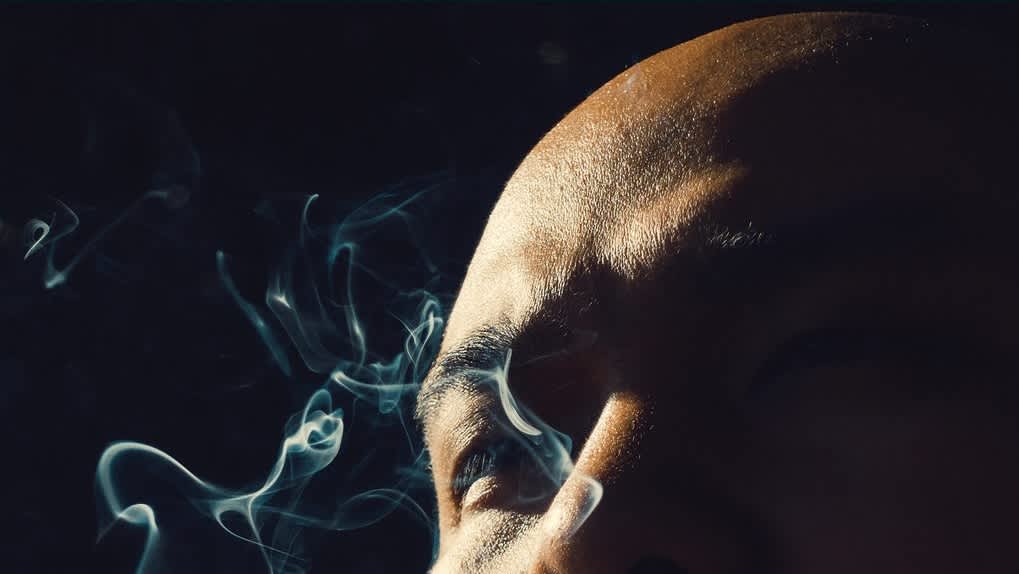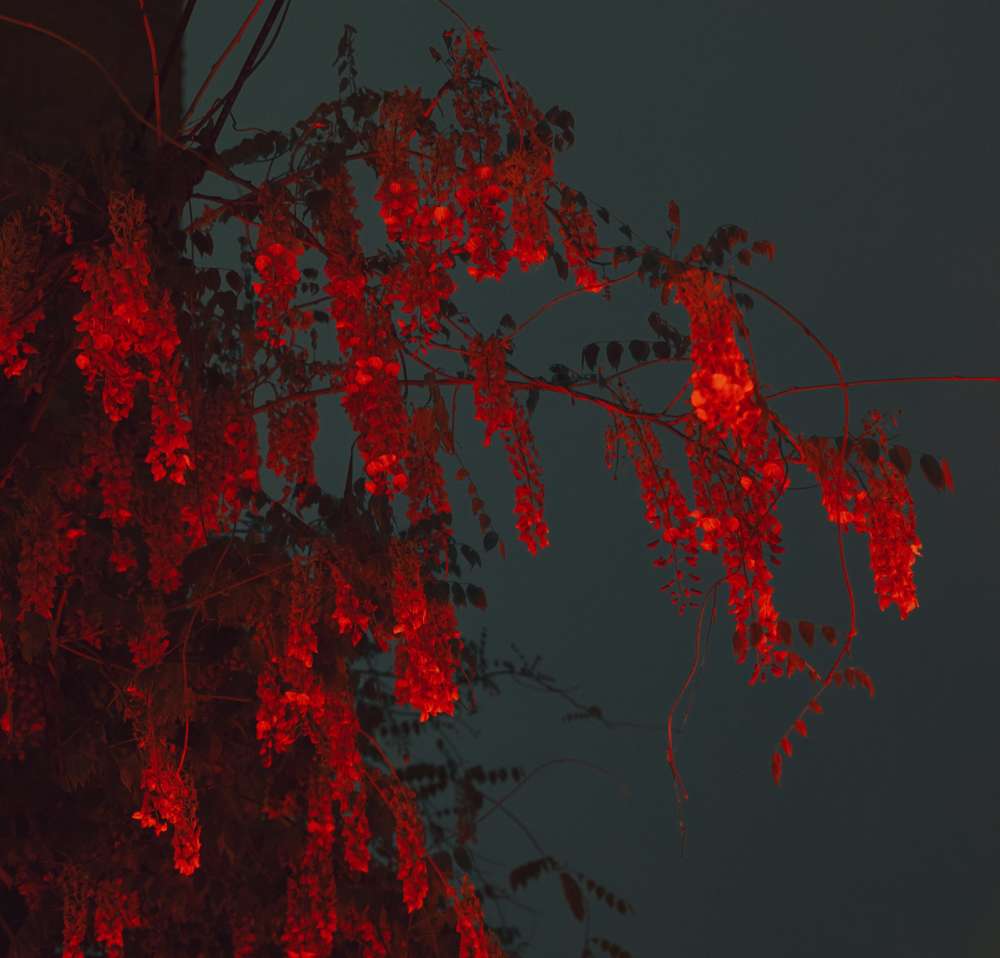In Chinese, the name of Shenzhen, the sprawling, coastal megatropolis famed for its affluence and factories, means “deep drains.” A generation ago, Shenzhen was an impoverished fishing village of thirty thousand and relied on these drains, which flowed from surrounding rivers and streams, to feed its paddy fields. Today, the city teems with twenty million inhabitants, a symbol of both miraculous transformation and the excesses of vertiginous development. In October of last year, the photographer Christopher Anderson received an open commission from Shenzhen’s Daken Art Organization to document life in China. For three weeks, he walked streets that “seemed to have been built overnight,” snapping the photos that are collected in “Approximate Joy,” his book due out in September. (An exhibition at Danziger Gallery, in New York, opens September 13th.) Instead of panoramas of glittering skylines and cloud-piercing towers, though, Anderson chose to tell the story of Shenzhen through the study of faces. Many of his photos are tightly cropped, decontextualized portraits that feel at once unnervingly intimate and otherworldly.
Schedule an appointment here.



